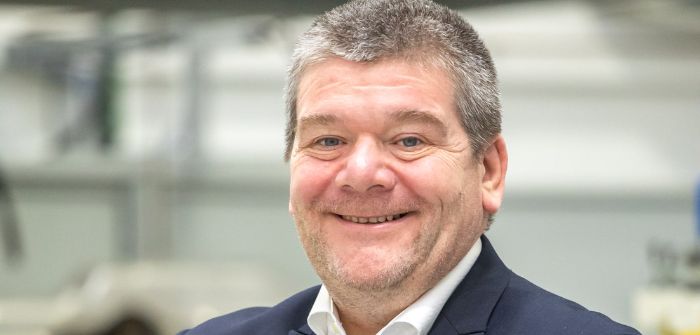This year marks 25 years since ATTI was first published. Carl Perrin, CEO of the Institute for Clean Growth & Future Mobility at Coventry University, UK, recalls a remarkable application of digital engineering 25 years ago
Just before the end of the 20th century, I worked as a developer of new products for an engine bearing business. The applications engineers used engineering simulation tools and manufacturing engineers were already implementing automated vision capabilities into quality management systems and high-flow production lines.
Despite these advancements, I still recall new product development and testing being a long-winded approach and dominated by extensive laboratory experiment, more physical prototyping and eventually real-world testing. It would literally take many months, sometimes years to get a concept to a customer. Looking back, we didn’t even consider the environmental impact of the energy consumed by this approach.
Fast forward to 2015 and, in my new role as head of the Institute for Advanced Manufacturing & Engineering (AME), I was working with Unipart Manufacturing Group. The company was making exhausts for car makers and was keen to innovate the process by reducing the mass of its product to achieve fuel consumption targets. Traditionally it would buy thinner gauge materials and work up some prototypes, followed by multiple reworks caused by excessive thinning on formed radii of tubes and burn-through thinner gauges.
At that time, we had heard of Industry 4.0, but didn’t really understand it. To me, it was nothing more than a buzzword, used mainly by people who had little practical experience of engineering and manufacturing. We took it upon ourselves to see what we could do with the so-called digital toolkit. Innovate UK’s Niche Vehicle Network funded our project, which allowed us to connect workshop technicians and engineers from the business with academics in Coventry University.
Rather than build physical prototypes, we set ourselves the ambitious target to design and test the new lightweight exhaust in the digital world, keeping physical testing to an absolute minimum. A multi-physics model was created that used traditional FEA and CFD tools to simulate stress and gas flow, as well as frequency response analysis to evaluate acoustic performance. A further simulation tool was added to evaluate corrosion performance of the post-processed materials.
Data held by the business – for wall thickness thinning during forming and bending processes – was incorporated into the model, along with process data such as weld performance and heat-affected zones. This allowed the team to consider different design scenarios and, in essence, meant multiple combinations of manufacturing process variables could be simulated and evaluated in terms of manufacturing capability and system functionality.
Thousands of simulations were run, which eventually resulted in a proposed optimal design. A single first prototype was produced to these parameters and was right first time without defect or the need for rework. This was tested on a production car and performed flawlessly, delivering a 50% weight reduction compared to the system it was replacing. Importantly, it took just three weeks from starting the simulation to delivering the prototype to the customer, which was Aston Martin.
Suddenly the benefits of digital engineering became clear. We now often use ‘digital twins’ – not another buzzword – but an established part of the modern-day design and testing vocabulary.


